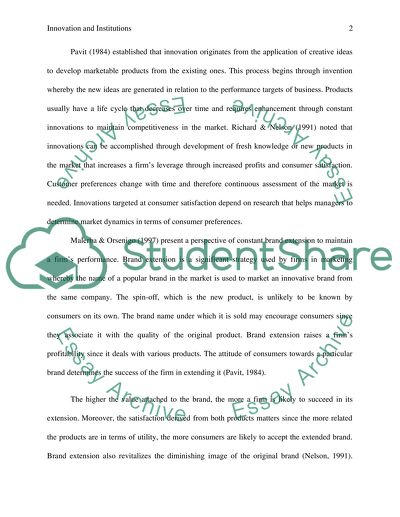Cite this document
(The Economics and Governance of Innovation and Institutions Term Paper, n.d.)
The Economics and Governance of Innovation and Institutions Term Paper. Retrieved from https://studentshare.org/social-science/1445936-the-economics-and-governance-of-innovation-and
The Economics and Governance of Innovation and Institutions Term Paper. Retrieved from https://studentshare.org/social-science/1445936-the-economics-and-governance-of-innovation-and
(The Economics and Governance of Innovation and Institutions Term Paper)
The Economics and Governance of Innovation and Institutions Term Paper. https://studentshare.org/social-science/1445936-the-economics-and-governance-of-innovation-and.
The Economics and Governance of Innovation and Institutions Term Paper. https://studentshare.org/social-science/1445936-the-economics-and-governance-of-innovation-and.
“The Economics and Governance of Innovation and Institutions Term Paper”, n.d. https://studentshare.org/social-science/1445936-the-economics-and-governance-of-innovation-and.


